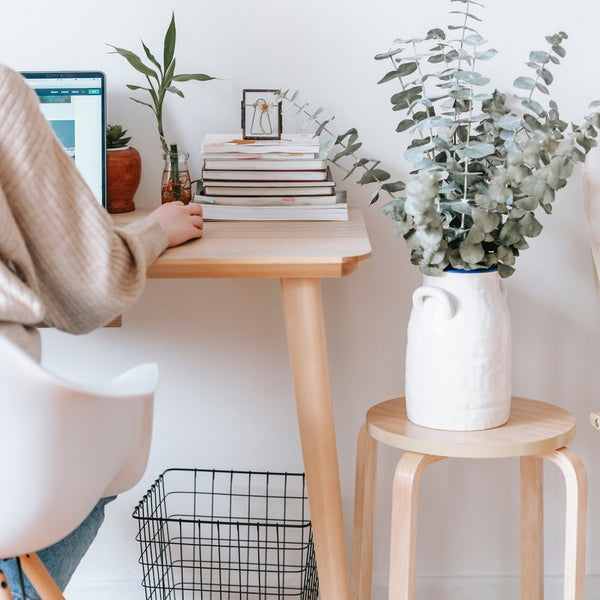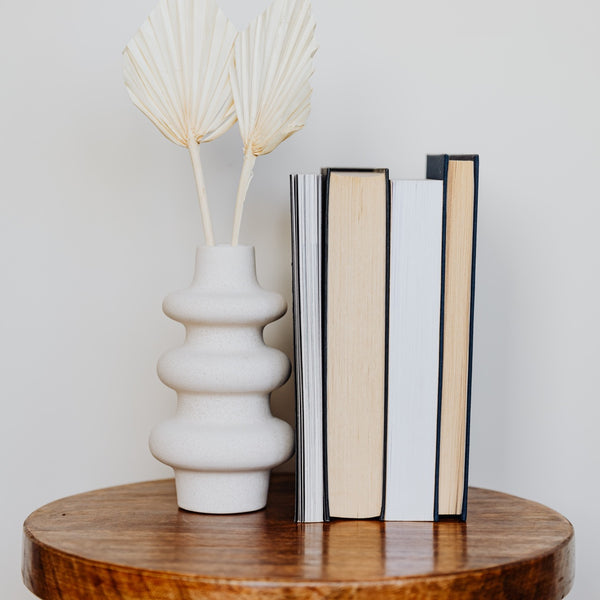Stay Sharp With These Mind-bending Exercises

If there were a picture window into the human mind, you could marvel at all the twisty connectors and intricate pathways that inform your neurons… But without that supernatural view, it’s easy to dismiss the inner world that affects your actions, from the mundane to the miraculous. Ironically, with so much buzz about mindfulness, you would think there would be more curiosity about how to keep your brain in shape. Luckily, most exercise benefits the brain. And here’s a look at certain Yoga Asanas to Sharpen the Mind. Additionally, there are various methods of strengthening the brain, worth meshing into your daily wellness practice.
To get started with a “smart” workout, read on...
Be a Sponge

Celebrity brain and memory coach Jim Kwik, is the founder of Kwik Learning. In his videos, Kwik passionately says, “reading is your superpower,” because it gives you the rare opportunity to benefit from a lifetime of expert experience put down on paper, and download massive amounts of knowledge into your brain. Instead of the old-school notion of reading to lull yourself to sleep, Kwik believes reading ought to be an active experience. Therefore, it’s critical to bring yourself into a highly alert state when you read. Also, commit to the same amount of reading time each day. And Kwik challenges you to read one book a week, instead of the one or two a year, which is average for most people. And not only nonfiction strengthens your brain. Fiction also has countless brain benefits, including enhanced imagination and creativity. So… prioritize reading. Because Kwik believes, “reading is to your mind, as exercise is to your brain.”
Learn How to Learn

According to Kwik’s video, one of the biggest misconceptions in the personal development world is, “knowledge is power.” He explains how knowing something intellectually doesn’t mean you use that information… “Because none of it works unless you work.” When reading, taking a class/lecture, or listening to a podcast, he tells you to increase your learning capacity, and simultaneously plot out an action plan. Kwik's advice is to “draw a line down a page. On the left side, take notes, and the right side make notes.” Kwik calls this system, “capturing,” and “creating.” This way, if you become distracted, you will be “using your imagination, doing something that will move you forward.”
Engage your sense of wonder and always be curious… Kwik’s recommends asking yourself three key questions when learning, “How can I use this? Why must I use this?” And “when will I use this?” For that last one, mark the appropriate time on your calendar, scheduling it into you life. To explore more of Kwik’s eye-opening work, listen to his podcast.

Another way to workout the brain is through neurobics: physical movements, brain teasers and puzzles, specifically created to exercise your brain. In their book, “Keep Your Brain Alive,” authors Lawrence C. Katz, Ph.D. and Manning Rubin, offer up 83 neurobic exercises, consisting of “nonroutine unexpected experiences.”
Katz and Rubin say learning is strengthened through associations… and the brain links different information to each one, which then becomes integrated into your long term memory via the hippocampus. Normally your vision is the dominant way you gather information. But when you do things differently and involve more of your senses, your brain reacts in a new way. It pays attention… So according to Katz and Rubin, the more your senses get involved, the stronger memory recall.
"Routines can be brain-deading,” according to Katz and Rubin, because when you do something on automatic you only use a fraction of your brainpower. Kat and Rubin believe that neurobics create “more connections between different brain areas and causes nerve cells to produce neurotrophins (natural brain nutrients).” Also, this way of exercising the mind increases the “size and complexity of nerve cell dendrites (cells that process information and formulate memory).”
Want to try neurobics? Here are some exercises from “Keep Your Brain Alive.”
Brush your Teeth with your Nondominant Hand

Don’t simply, brush, do each action with your other hand. This includes removing the cap and applying toothpaste. According to Katz and Rubin, this exercise “requires you to use the opposite side of the brain you normally use.”
Choose Clothing With Eyes Closed
Instead of using visual cues to guide your wardrobe choices, select your morning outfit by how the fabric feels against your skin. Take you time… Katz and Rubin expect you to use more than just your fingertips. They ask you to engage your “cheeks, lips, and even your feet—-all packed with receptors for fine touch.”
Comedy Gold

Take a lesson from Seinfeld’s George Costanza, and mix up your routine by doing the opposite. Get creative… Walk or drive down a different path. Skip your morning java, and opt for green chai instead. Discover alternative ways to reexperience life. Wear your hair in a style you’ve never tried. Try a new type of Yoga. Meditate with eyes open in nature… Straying from the norm will help increase mindfulness, and form new neuro-associations that naturally strengthen the mind.
Awaken Intuition

In her book “The Art of Intuition,” author Sophy Burnham, believes that inner wisdom and intuition are linked, but not always easy to access. So Burnham suggests doing automatic writing to gain clarity. How do you do it? Sit comfortably with either paper and pencil, or else at your computer… Bring yourself into a mini meditative state, by drawing your awareness to the breath. Inhale deeply through the nose, and slowly exhale. Lengthen your torso and make sure your spine is alined. Mentally scan your body for any tension, and release. Call upon your inner wisdom. Begin by asking a question. Write it down. Then pause. Wait. And Listen. Then begin to write. Simply let it flow, without editing, or rereading. Ask more questions, and see what you uncover.
Want more ways to explore brain exercises? In her groundbreaking book, Drawing on the Right Side of the Brain Betty Edwards offers countless exercises to merge your right and left brain, in order to harness artistic ability. The results are truly amazing. Another beautiful part is: even if you’re finest creation is a three-legged stick figure, you can benefit from Edwards’ teachings. The before and after pictures of student drawings are truly transformational. Try Edwards’ Vases/Faces exercise.



